Where does one find patent info? What about trademark?
bear_with_me
9 years ago
Related Stories
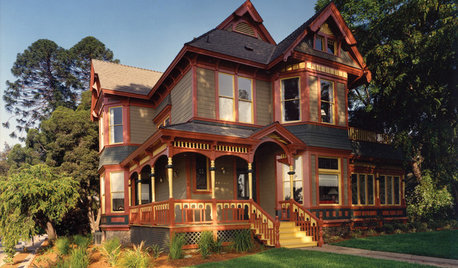
ARCHITECTURERoots of Style: Does Your House Have a Medieval Heritage?
Look to the Middle Ages to find where your home's steeply pitched roof, gables and more began
Full Story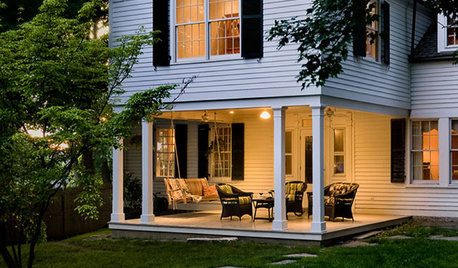
SELLING YOUR HOUSEThe Latest Info on Renovating Your Home to Sell
Pro advice about where to put your remodeling dollars for success in selling your home
Full Story
KITCHEN DESIGNHow Much Does a Kitchen Makeover Cost?
See what upgrades you can expect in 3 budget ranges, from basic swap-outs to full-on overhauls
Full Story
FUN HOUZZDoes Your Home Have a Hidden Message?
If you have ever left or found a message during a construction project, we want to see it!
Full Story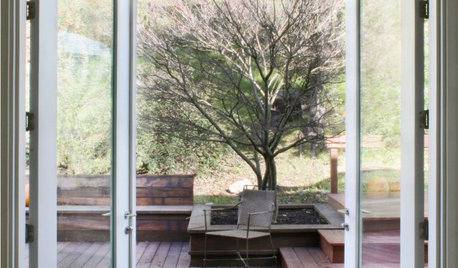
MOST POPULARFind the Right Glass Door for Your Patio
It’s more than just a patio door — it’s an architectural design element. Here’s help for finding the right one for your home and lifestyle
Full Story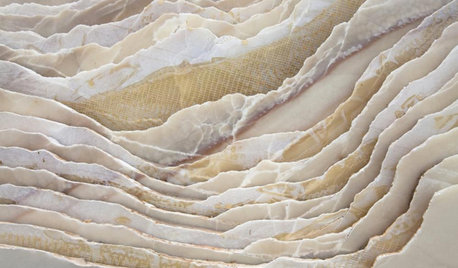
WORLD OF DESIGN8 Things You Didn’t Know About Italian Marble
How did the ancients extract marble? What makes it white or colored? We unearth fascinating facts about this luxurious stone
Full Story
CONTRACTOR TIPSBuilding Permits: What to Know About Green Building and Energy Codes
In Part 4 of our series examining the residential permit process, we review typical green building and energy code requirements
Full Story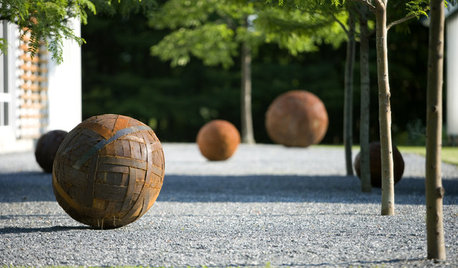
LANDSCAPE DESIGNWhat Kind of Gardener Are You? Find Your Archetype
Pick from our descriptions to create a garden that matches your personality and tells your story
Full Story
HEALTHY HOMEWhat You Need to Know About Dust and How to Fight It
Breathe easier with these 10 tips for busting mites, dander and other microscopic undesirables
Full Story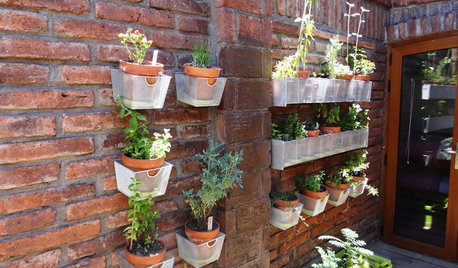
EDIBLE GARDENSHouzz Call: Where Are the Craziest Places You Grow Edibles?
Basil in a bathtub, spinach stacked up a wall ... If your edibles occupy an odd spot, we’d like to know
Full StoryMore Discussions







Bradybb WA-Zone8
drew51 SE MI Z5b/6a
Related Professionals
Eden Prairie Landscape Architects & Landscape Designers · Foothill Ranch Landscape Architects & Landscape Designers · Mountain Brook Landscape Architects & Landscape Designers · Billerica Landscape Contractors · Pottstown Landscape Contractors · Concord Landscape Contractors · Burlington Landscape Contractors · Emmaus Landscape Contractors · Fuquay-Varina Landscape Contractors · Las Vegas Landscape Contractors · North Canton Landscape Contractors · Riverview Landscape Contractors · San Antonio Landscape Contractors · Suitland Landscape Contractors · The Villages Landscape Contractorsapplenut_gw
itheweatherman
drew51 SE MI Z5b/6a
bear_with_meOriginal Author
itheweatherman
bear_with_meOriginal Author
Bradybb WA-Zone8
Fascist_Nation
bear_with_meOriginal Author
Fascist_Nation
chick_enlittle